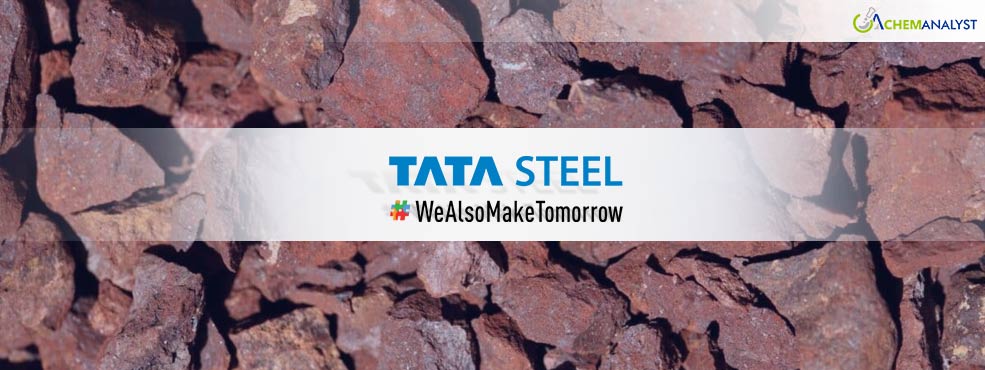Tata Steel Secures Long-Term Iron Ore Supply to Drive Future Expansion and Growth
- 17-Dec-2024 12:15 PM
- Journalist: Italo Calvino
Tata Steel is taking significant steps to ensure a steady and secure supply of iron ore to fuel its aggressive expansion of steel production capacity. The company is actively engaging with state-owned miners NMDC and Odisha Mining Corporation (OMC) and has outlined plans to operationalize two new iron ore mines—Kalamang West and Gandalpada—by FY29. This move is part of a comprehensive strategy to bolster Tata Steel's raw material security as it aims to increase its domestic steel manufacturing capacity from 22 million tonnes per annum (MTPA) to 40 MTPA by 2030.
In an exclusive statement, D.B. Sundara Ramam, Vice President of Raw Materials at Tata Steel, highlighted the importance of these new initiatives. “To meet our expanded steel production targets, we will need more than 60 million tonnes of iron ore annually, and our new mines will play a key role in meeting this demand,” Ramam stated.
Currently, Tata Steel relies on six iron ore mines located in Odisha and Jharkhand. However, with leases for four of these mines set to expire in 2030, the company has been proactive in securing new sources of supply. The Kalamang and Gandalpada mines, with combined reserves estimated at 400 million tonnes, will contribute significantly to Tata Steel’s raw material needs. These mines, together with the NINL (Mithirda) and Vijay II mines, will supply half of the company’s iron ore requirements.
In addition to its own mine developments, Tata Steel is negotiating supply agreements with NMDC and OMC to cover the remaining iron ore demand. Both state-owned miners have expressed interest in partnering with Tata Steel to ensure long-term supply continuity.
This strategic focus on securing iron ore aligns with Tata Steel’s larger expansion and growth strategy, which includes a series of acquisitions in recent years. Notable acquisitions include Bhushan Steel (5.6 MTPA), NINL (1 MTPA), and Usha Martin’s steel business (1 MTPA), as well as the recent commissioning of India’s largest blast furnace at Tata Steel’s Kalinganagar plant in Odisha. This new blast furnace has boosted the plant's capacity to 8 MTPA.
Beyond production expansion, Tata Steel has committed to a robust sustainability agenda, aiming to achieve Net Zero by 2045. The company’s commitment to sustainable practices is reflected in its high percentage of steel production sourced from ResponsibleSteel™ certified sites. Over 90% of Tata Steel’s steel in India is now produced at certified sites, underscoring its dedication to both environmental stewardship and responsible sourcing.
Globally, Tata Steel continues to be one of the leading steelmakers, with a strong presence across five continents and an annual crude steel capacity of 35 MTPA. The company reported a consolidated turnover of $27.7 billion in FY24 and has received multiple accolades for its digital transformation, environmental sustainability, and commitment to diversity, equity, and inclusion.
Tata Steel’s proactive measures to secure raw materials and expand its steel production capacity demonstrate its commitment to supporting India’s industrial growth while aligning with global sustainability goals.



